Jujuy Tourism Information

Jujuy is the capital of the Province of Jujuy in Northern Argentina. Its main city is officially known as San Salvador de Jujuy, but shortened to just Jujuy when travelling. It is a great place where to be based as you travel to the smaller towns north of the province. The advantage that, its location in the valley, makes for an altitude of 1200 m. which helps alleviate any symptoms of height sickness, which can be felt more north. The city has a livable feel, full of restaurants, shops and services.
Jujuy province is the most culturally indigenous of any of Argentina’s territories. It has a lot of influence from Bolivia, where they respect the land and have many festivities related to the "Pachamama" goddess of fertility.
The province is defined by the dramatic rock formations and hills of the Quebrada de Humahuaca, its star attraction, which attracts the most tourists to the area. This valley and its indigenous Quechuan villages lie north of the provincial capital and regional gateway, San Salvador de Jujuy. In the valley, running north to south, you can see the iconic, multicolored "Cerro de los 14 Colores", in Humahuaca, the Village of Tilcara with its heritage prehispanic town, caves and waterfalls and the "Cerro de los Siete Colores’ located in the village of Purmamarca. Amongst other little villages and local settlements which survive thanks to the tourism.
Average temperatures in Jujuy don't vary extremely around the year. It's location in the north make for very mild Winters but hot Summers. You can experience an average temperature of 15-20°C during day times, but this can go down to 5-10 during evenings and night. Something to note is the lack of precipitation most of the year. It might rain a little in the shoulder season, either side of the Summer and Winter. But mostly it's very bright, clear blue skies and very little humidity.
The more north you travel in Jujuy, specially to the smaller villages, you will go up to an altitude of 3000 to 4300 meters, making it much colder at night and having a bigger difference in temperatures. Summer's can be uncomfortable to do trekking, so bringing sunscreen all year round is a must. During the Winter, Jujuy can still be around 27°C during the daytime, so having a bottled water and lip balm because of the dryness is also recommended.
The hottest months are November, December and January, reaching well into the high 30°C and at night around 20°C. The best time to travel to Jujuy is during the Winter, which doesn't feel like it at all. June-August are pleasantly dry days with lot of sun and with a warm feel during the daytime and at night it can go down 5°C, so bringing jackets and scarfs might be needed also.
❗Attention: There is a great variation in temperatures in Jujuy depending on the altitude of the places you visit. Jujuy city might reach up to 35 °C in the Summer months, whilst the higher altitude zones might be only at 20 °C! Day and night temperatures can also change drastically ranging up to 22 degrees in difference! During the Winter months especially, in can be -2 °C at night whilst during daytime it can be pleasantly 22 °C!
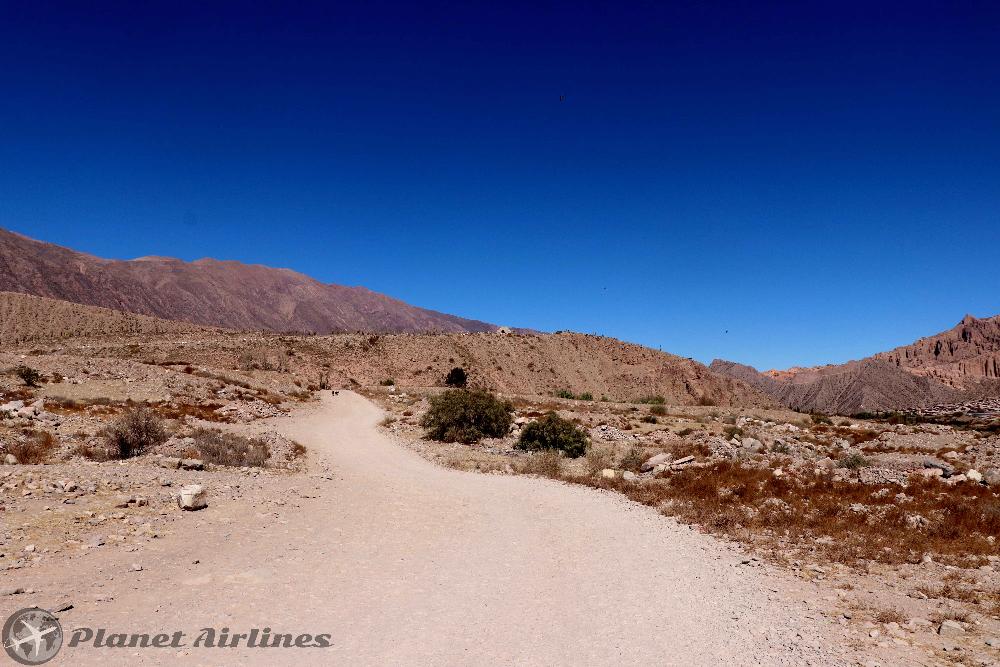
Getting to the region of Jujuy is often made by bus. Being the most common way of transport yet in Argentina. Due to its location many travellers will travel to/from Jujuy and Bolivia. Busses are the best way to move around the region, being economical and frequent.
If coming from Bolivia, there are a number of companies operating from La Quiaca town (on the border with Bolivia). Prices to Jujuy city are 470 Pesos, making a few stops along the way and taking around 4.30 hours. Bus companies which you can find are Balut, Evelia, Flecha Bus, La Veloz del Norte, JamaBus or Panamericano. Note, that it's possible to cross the border of Bolivia direct with Balut bus company, but at limited timetables, and nearly double the price.
If you are coming from Buenos Aires, Balut is the preferred bus company. Journeys are often completed at night.
There is also an airport in Jujuy, getting to the city centre of Jujuy can be done by remiss (taxi) or bus.
Once in the city of Jujuy, local transport is frequent, safe and reliable. You must use the e-card "SUBE" which you can load with money to pay easier on-board the busses. Every local trip costs 18.50 Pesos in the city, going up to 25 Pesos to the outskirts.
When travelling to the towns around Jujuy, go to the new bus terminal, located 20 minutes from the centre of Jujuy. (taking local busses 18, L20, 30, L30 or 52 from the city centre). From there you can travel to all the towns like Purmamarca, Tilcara or Humahuaca. See details on the next tab "Day trips out of Jujuy", for more information regarding transport.
✔️Tip: When travelling to Jujuy by bus, note there are two terminals. The old one, in the city centre, is the preferred one to stop at. The stop is along the road opposite to the closed building. All major bus companies will stop here automatically. Just mention you want to get off at "Vieja Terminal" (old terminal). Otherwise you can continue to the new terminal which is 20 minutes away from the city centre, or to connect to other services.
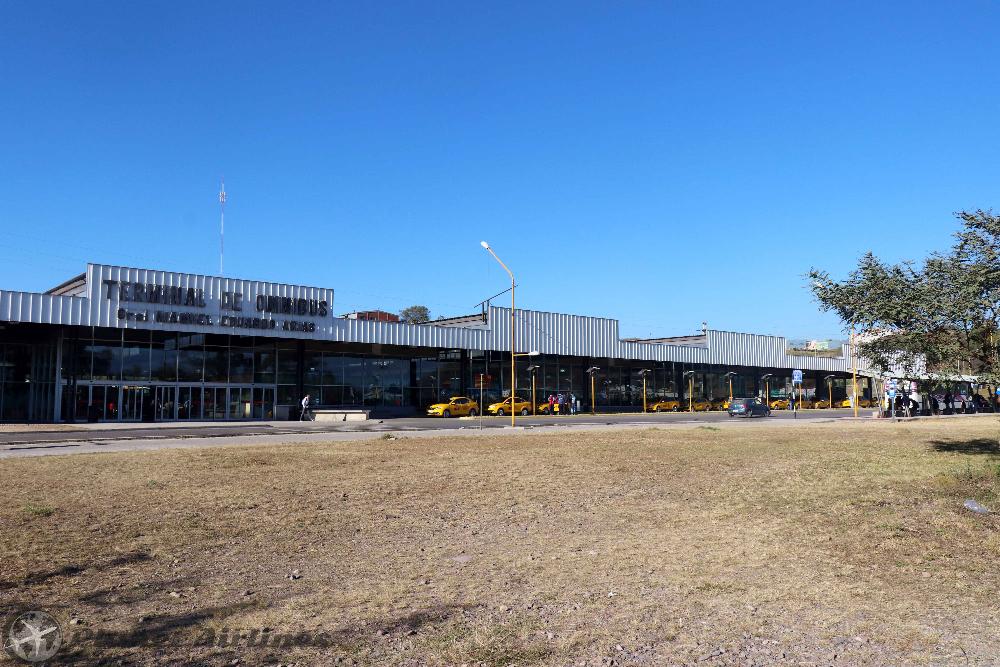
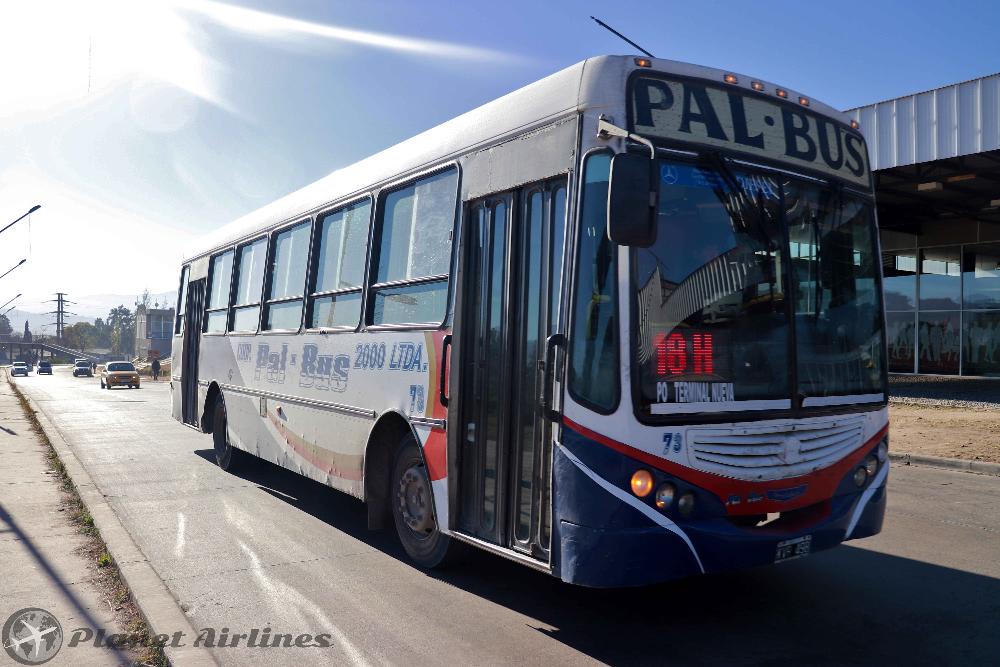
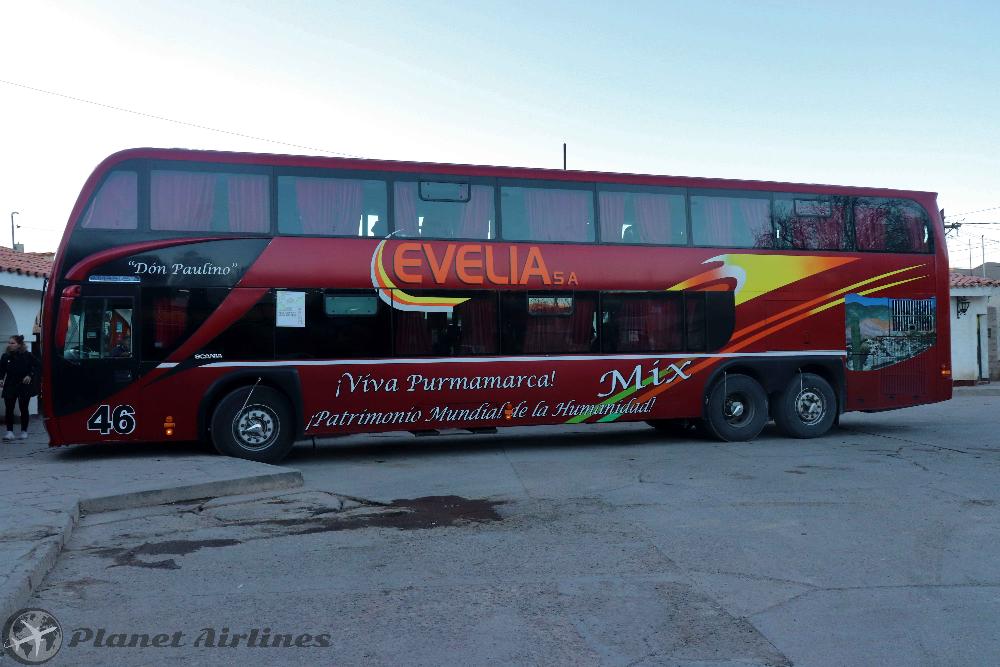
The city of, San Salvador de, Jujuy was founded in 1593, after two previous incarnations were razed by angry indigenous groups who hadn’t given planning permission.The province suffered from conflict during the independence wars, with Spain launching repeated invasions down the Quebrada de Humahuaca from Bolivia; Jujuy was famously evacuated in what is known as the "éxodo jujeño". Today the city and its politics still simmer with indigenous solidarity, as their communities remain marginalized. In Jujuy city you may notice good roads and reliable government services, but as you travel to the north, these seem to evaporate, as you enter in the indigenous north. These communities now a days, focus their attention to the tourism and local produce.
For more information on the northern towns, along the Quebrada de Humahuaca check the section "Day trips out of Jujuy".
Below you will find information on what do and see, during your trip in the city of jujuy:
- Jujuy City centre: The city centre and its historical area are not that big, so luckily you will not need that long to explore the city on foot. The centre is located at Plaza de Belgrano, where many benches and a green area make for a nice relax in the square. The main buildings here, are the Casa de Gobierno, where you can see Lola Moras’s sculpture. She was the first woman sculptor whose works were exhibited in the street. In front of Casa de Gobierno, there are 4 statues that represent Justice, Progress, Peace and Freedom. Going past the square along Gorriti Street, walk up to Urquiza street on the side of the Railway Station, where you will find the Paseo de los Artesanos. There you will find a variety of works made by craftsmen which are made of different materials, such as wood, alpaca, leather, reed, clay, etc. Along Sarmiento Street, until the corner with Belgrano Street, you will see the Cathedral. This Church has a spectacular pulpit, carvings from 1761. It is the most important work in the country because of the biblical images and the beautiful decorations. Another building of importance is the Recrear Foundation. There, there is an exhibition and you can buy calendars with drawings made by Guarnan Poma (Peruvian artist- 18th century).
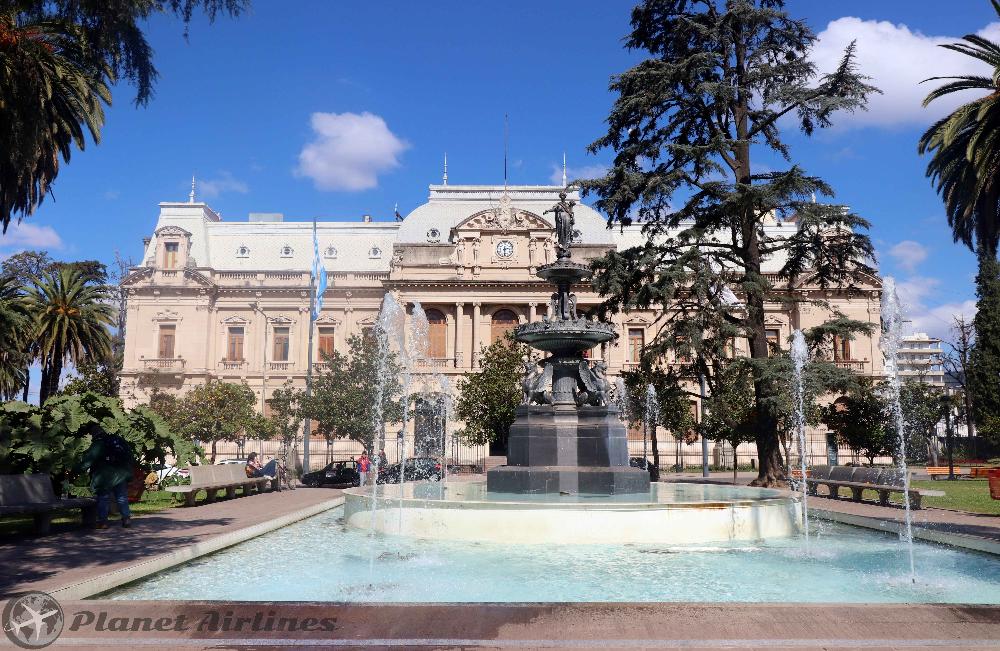


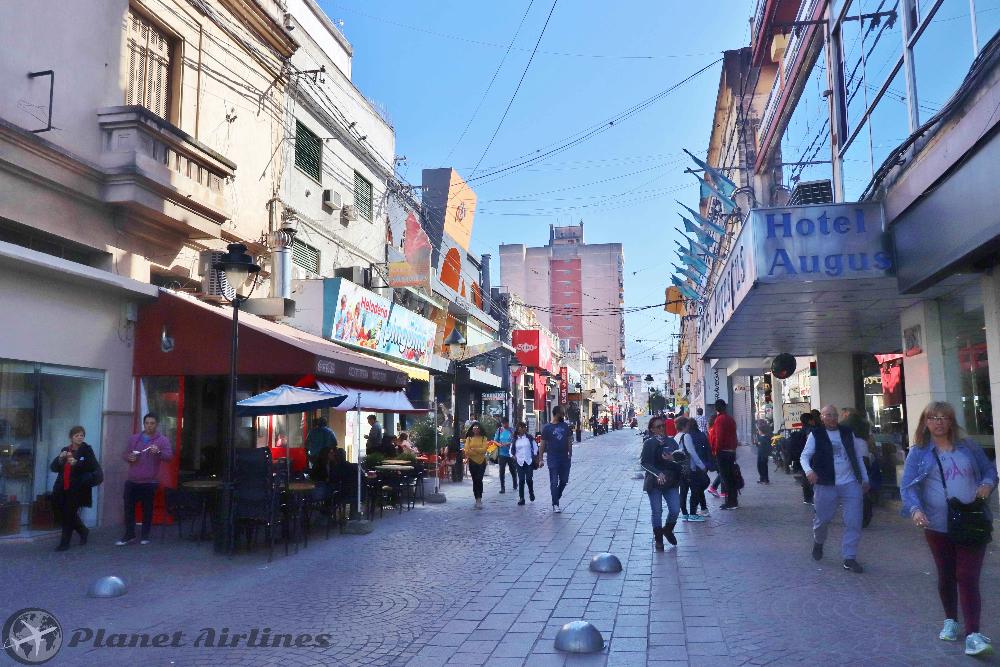
- Green Spaces: not far from the city centre you can disconnect from the traffic noise and immerse yourself in calm surroundings and relax in some of the many open green spaces, which the city offers. Only at 10 minutes from the city centre, you will find Parque San Martin, offering free Wi-Fi service, many benches to sit down, food stands, kids playing area and lots of shade if you are visiting during the hot Summer months! Another option in the city is to walk along the river Xibi Xibi.
From the Tucuman bridge up to the Argañaraz bridge you can walk along the peaceful paths for trekking, dog walkers or for cycling, where you can also rent a bike at the Tucuman Bridge point. At times along the upper road to the river you will also find markets and handicraft stands, food stands and other entertainment for all the family to enjoy.
Lastly, if you are keen to visit the Botanical Garden of Jujuy, take bus 18 and it will drop you off just in front of the entrance of the gardens. The Municipal Botanical Park is an Urban Nature Reserve located in the Los Perales neighborhood. It consists of a 15.5-hectare area. The main objective of the Park is to rescue and ensure the permanence of a natural area of ecological, landscape and cultural importance. At the park you are able to observe native flora and fauna, while enjoying its spectacular views.
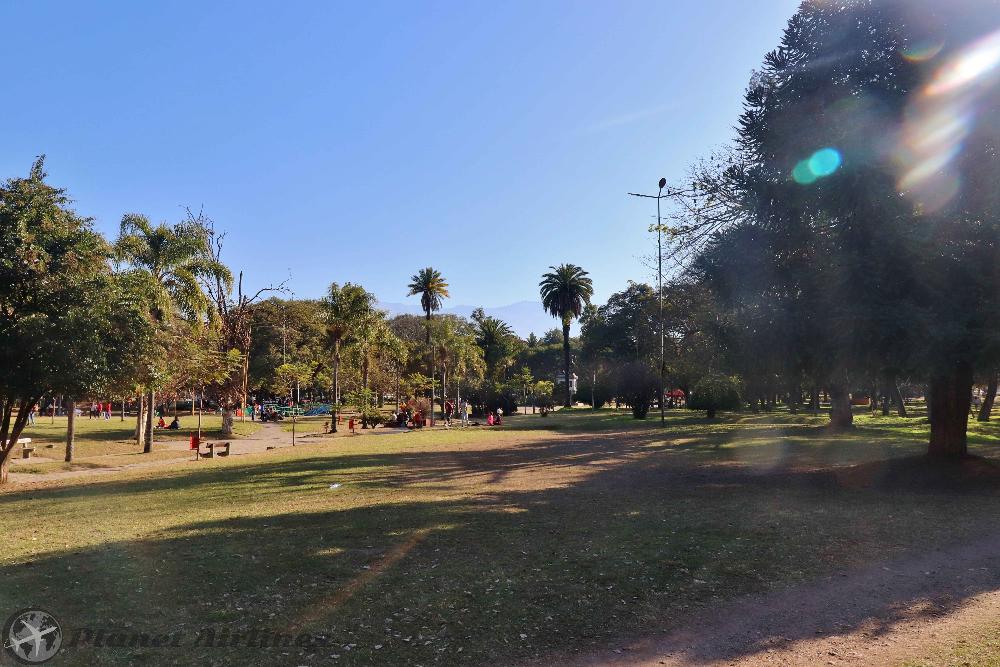
- Termas de Reyes: The Thermal baths located at this location are the main reason to visit this beautiful area of Jujuy which is located 45 minutes by bus from the city. There are several options to enjoy the baths. You can visit the Quebrada Termal Baths 📍 which cost 150 Pesos to enter plus 50 Pesos for towel rental. You can use the cold and the warm baths, plus there is another pool when it's hot in the Summer. You will also find the "Complejo Turistico Termas de Reyes 📍" with one big pool (like a regular swimming pool) but with warm waters. The entrance again is 150 Pesos without towel. Another option is to use the baths inside the Hotel of Termas de Reyes 📍, they cost 500 pesos per hour for your own private room with thermal waters and views to the impressive outside view.
The area is also very popular at weekends, with many families coming to have a picnic, BBQ or walk dogs around the natural landscape close to the river. There is also a look out point, walking up the mountain via a gravel road, after the bridge. It takes around 40 minutes on foot one way uphill. If you want to just relax, come with your own food or buy local prepared "empanadas" and "tortas rellenas" (filled pastries) and enjoy the panoramic views! To get there take bus 38 from the centre of Jujuy and travel to the last stop for 45 minutes.
Jujuy is not a big city, and soon you will realise there are much more to see around the periferic area along the "Quebrada de Humahuaca" mountain range, the main highlights of the area, which are the main reason to visit Jujuy region. Below you will find the most important places to visit and explore. It is possible to arrange a tour to visit all in one day, taking 12 hours and stopping with limited time at each place of interest. Tours cost on average 1500 Pesos, not including entry to the major sites. If you have limited time, the tour is a good option. But it's best suggested to do it by yourself to make the most of the time and take in the beauty of the places! Some of them are UNESCO listed Heritage of Humanity.
Humahuaca: The important town of Humahuaca is the main site to see the Hornacal or "Cerro de 14 Colores", the 14 coloured mountain. It is located just over 2 hours from Jujuy new bus terminal. The trip from Jujuy costs 230 Pesos one way. Once you reach Humahuaca, it's small to see it all in an hour walking. Inside the town, you can view the "Monumento de la Independencia", a big statue at the highest point of the town, reached by climbing a long flight of steps. At the top there is a nice view of the Rio Grande valley and the town centre. There is also an adobe belfry and several big cactus, the most photographed site in northern Argentina. The central plaza is full of market stalls, selling local clothes, colourful blankets, hats, souvenirs and curiosities for the visitors. You will find the lovely small church "Iglesia de la Candelaria y San Antonio", now a catedral. At the main plaza you will also find the tourist information, located inside the town hall building. (Municipalidad de Humahuaca Municipalidad de Humahuaca 📍). Around the colonial cobbled streets you will find also plenty of restaurants, many more shops and convenience stores.
The main site, the Hornacal or coloured mountains is only accessed by car. It takes around 40 minutes to reach there by dirt road. If you don't drive, there are tours which take you there for 400 Pesos, when sharing a vehicle. The place to take these tours is located at Salta street, just before the bridge 📍. Tours will drop you off for around 40 minutes at the top, also you will need to pay a 20 Pesos entrance fee. Then you can walk down a path to see up close the mountain formation. Note that when walking back, the high altitude can make it more difficult to walk uphill. Walk slowly to avoid getting over tired. There is medical assistance in case you seek help.
✔️Tip: Only 80 kilometers away from Humahuaca lies Iruya, which has become a typical postcard of the Argentinian North. A unique place that perfectly portrays life in these lands. You can take busses from Humahuaca to Iruya, which depart at 8.20, 10.30 and 16.00 or from Jujuy bus terminal at 6.15am, 14.15, 15 or 17pm. Returning from Iruya is at 6.00am (not sundays), 13.00 or 15.15 to Humahuaca and at 14.00 to Jujuy. Trips take 3 hours from Humahuaca or 4.5 hours from Jujuy.

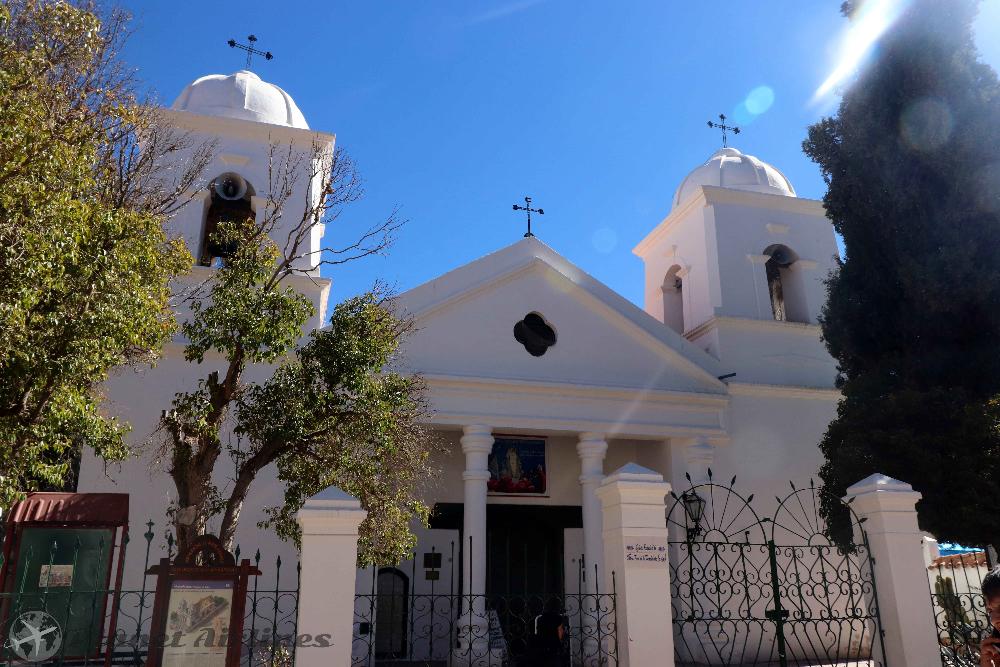
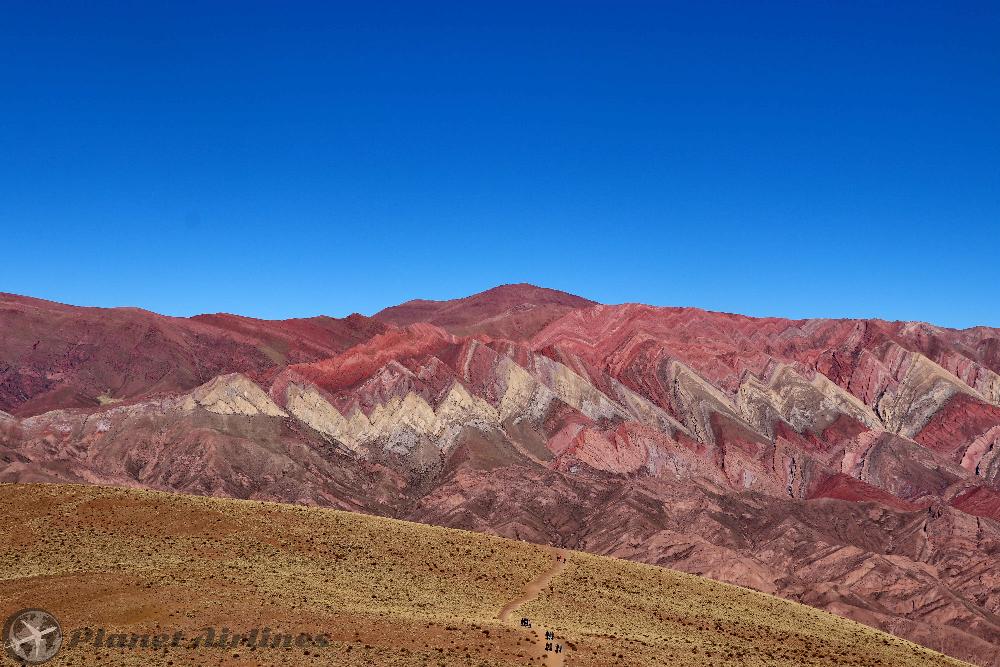
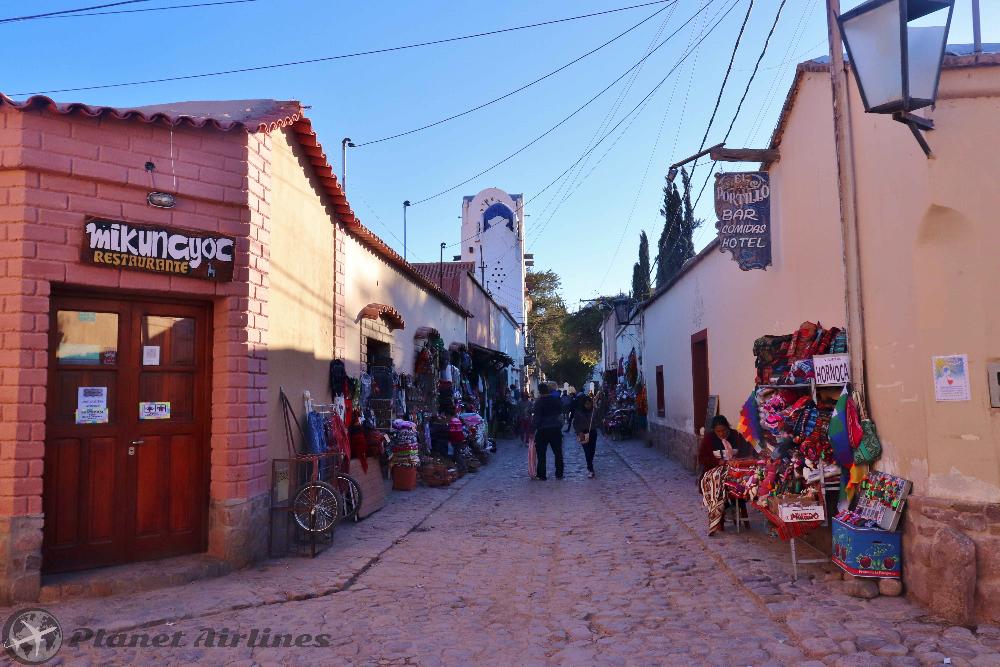
Tilcara: Another must see town along the "Quebrada de Humahuaca" valley, very important by its cultural pre-hispanic heritage, is Tilcara, a pure local, dusty and enchanting town! With traces of human habitation that date back more than 10,000 years, Tilcara is one of the oldest continuously inhabited places in Argentina. The town’s rich indigenous culture and the dramatic mountains that surround it make this little town a very visited destination in Argentina, amongst locals and foreigners. In Tilcara, probably the most significant spiritual entity, which is deeply rooted in the Andean culture, is Pachamama, the goddess of fertility in Inca mythology. Pachamama is an inseparable part of the local folklore, and if you visit Tilcara in August, you can experience it first-hand at the annual festival dedicated to her.
The town itself is again very small, you can walk around it in less than an hour and visit some of its many museums around the central plaza, which is full of market stalls selling handicraft, souvenirs and curiosities. Also many hostels, and shared accommodation are available here, being a true backpacker heaven! To reach Tilcara from Jujuy, you can take the bus, costing 155 Pesos one way and it takes 90 minutes to get there.
Not far from the town centre in Tilcara, you can visit the "Pucara de Tilcara" located at 1 Km, to see the pre-Inca fortification ruins, built in the 12th century by the Omaguaca tribe. Its location was strategically chosen to enable the inhabitants to see miles away, giving them an opportunity to protect themselves from enemies. Wander around the ancient dwellings and the town square, while you learn about how this indigenous tribe lived. There’s also a small botanical garden with cactus species native to the area, included in the ticket. Also included is the Museum of Archaeology, located in the city centre. It costs 300 Pesos to access all sites.
Another must see is to visit La Garganta del Diablo in Tilcara. They are sharp drops in the mountains which have formed over the centuries, where a river flows forming a beautiful waterfall. You can access the waterfall walking up the river for some 600 meters. To access the area, you can drive or go by remiss (taxi). Sharing a taxi would be better, as per taxi it would cost 600-700 Pesos. Taxis will wait for you around 45 minutes to take you back, or at times the drivers might even come down with you, acting as tour guides! The place to take the taxis from Tilcara, is located at the corner of Belgrano with Av. Villafañe 📍, at the tourist office located there. Note, you might need to wait a while until more people come to share the taxi. Also once you get up to the top, there is an entrance to pay, 50 Pesos. Another option is to trek through the rugged, dry terrain. If you decide to trek there, it’s best to leave early in the morning, take sun cream, hat and plenty of water. It gets pretty hot during the day, all years round, making this shadeless 7 kilometre hike a challenge as it's all uphill, taking up to two hours to complete.
Another major thing to see and do in Tilcara is to visit the Waira Caves (Cuevas del Waira) Waira means Wind in the ancient language of the region. They are natural cavities in the mountain formed by the climatic erosion. They are located 3 km from the village of Tilcara. It is ideal for the adventurous type of traveller who wish to make a short trekking of advanced difficulty. but the visit can't be done alone, you must hire a local guide in the tourist office of Tilcara because it is very easy to get lost. One of the caves is a hollow drop that goes 50 mts deep inside the mountain. Another crosses from side to side the mountain. Tours to the area are about 4 hours long and need to book in advance.
Tilcara Town ▼
Pucara de Tilcara ▼
Garganta del Diablo ▼
Purmamarca: Is the closest little town to jujuy city. Located around 80 minutes bus ride from Jujuy bus station, it costs 140 Pesos one way. However, it doesn't have the most frequent services, so planning a little when to visit is a good idea. (Every day there are services from Jujuy at 06.00, 10.20 or 13.00 with Jamal Bus). Purmamarca sits under the famous "Cerro de los Siete Colores" (Hill of Seven Colors), a great formation of colours resembling that of a painter's palette. The village is postcard-pretty, with adobe houses and ancient trees by the 17th-century church.
Purmamarca is a glorious spot and an excellent place to shop for woven goods, with a flourishing market set up on the village plaza every day.
To access the hill of colours you only need to walk up the street for 5 minutes and pay 10 Pesos to access another small hill where you can observe better the coloured palette. Once you have done this, you can walk around the hill, and observe more incredible scenery along a gravel path, which takes around 45 minutes to complete leisurely.
One of the main tourist attractions to see near to Purmamarca are the "Salinas", salt flats. You can arrange to travel from the bus terminal via private taxi or vans which cost anything from 500 to 1000 Pesos, depending on the number of people. Also you can drive the 66 km to the Salinas from the town if you have your own car, but you need to pay 300 Pesos to allow a guide into your car to give you the 40 minute tour around the area.
✔️Tip: After you have visited Purmamarca, if you have time, head to Tilcara and combine the two towns. You can make the major sights in Tilcara expect for the Caves, which require 4 hours and pre-booking. The cost of going by bus to Tilcara from Purmamarca is only 40 Pesos and takes 30 minutes.
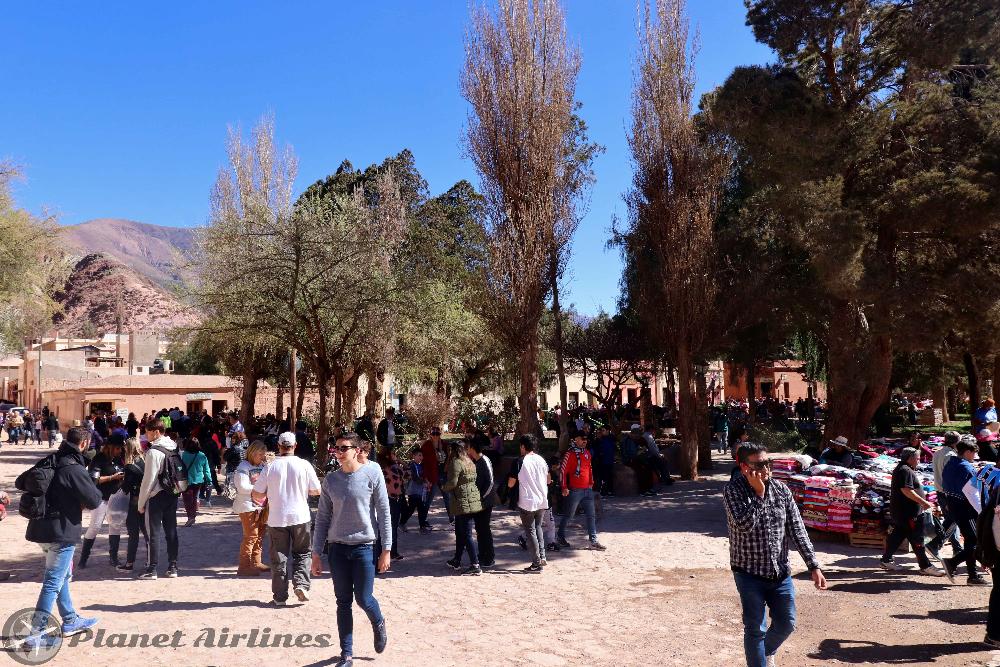

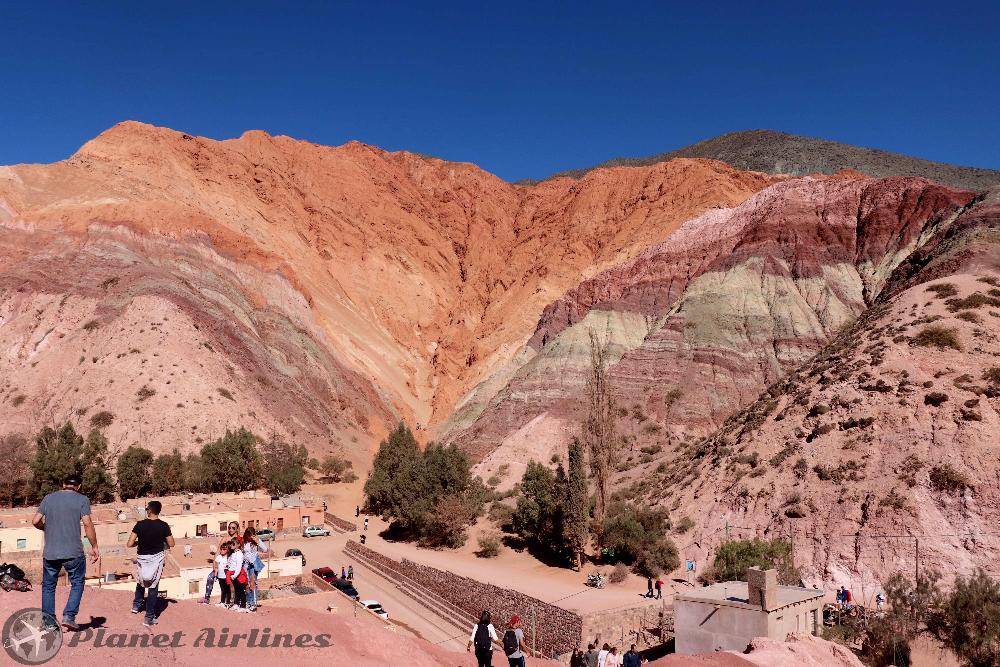
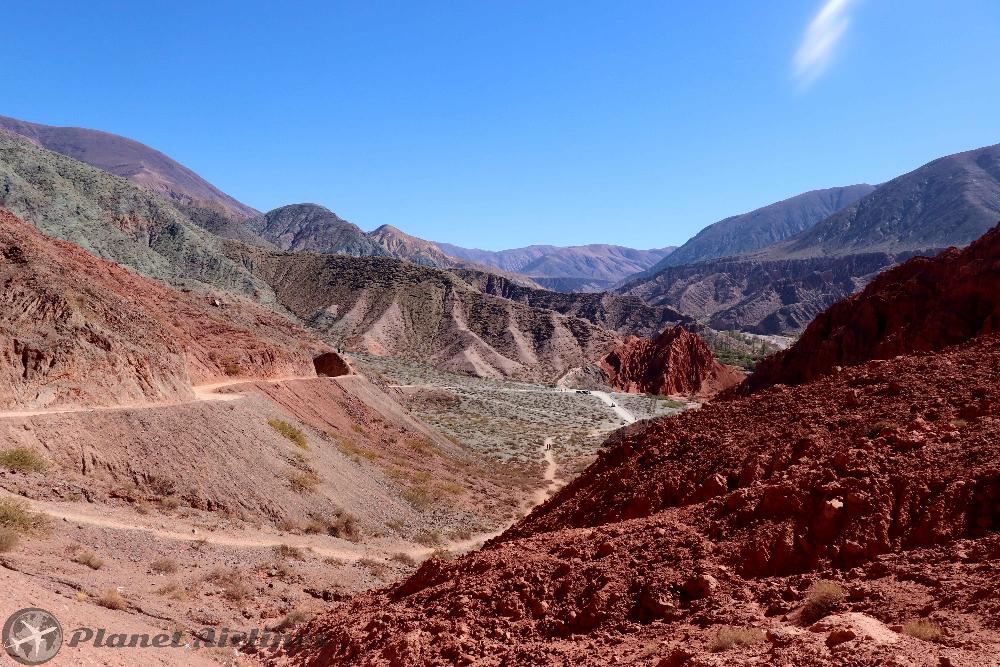
When in Jujuy, note that shops generally close from 13h till 17h (except pharmacies) to allow for the meal break. During this time streets will be looking like if it was a sunday or bank holiday! Banks, Post offices and other services will open also only till 13h Monday to Saturday. When shops open at 17h, they remain open till 20h or 21h normally.
Around Jujuy and the smaller towns shopping for souvenirs and other traditional items is very easy to find. All the smaller towns have open air markets in the central squares or plaza's which make it easy to find the perfect gift. Items like clothes, made out of natural materials or synthetic items are available. Gloves, hats, scarfs, cloths, bags and many decorative items made out of Alpaca wool are typical items on sale.
Items for backpackers, like flasks, traditional garments , musical items, patches and other curiosities are also widely available.
Like in the rest of Argentina, paying in cash is the norm. Many shops will accept debit cards and some credit cards but will put a surcharge of 2-5%.
❗Attention: When taking money out of cash machines in Argentina there is a charge of 450 Pesos, (Around €9!) for foreign cards.
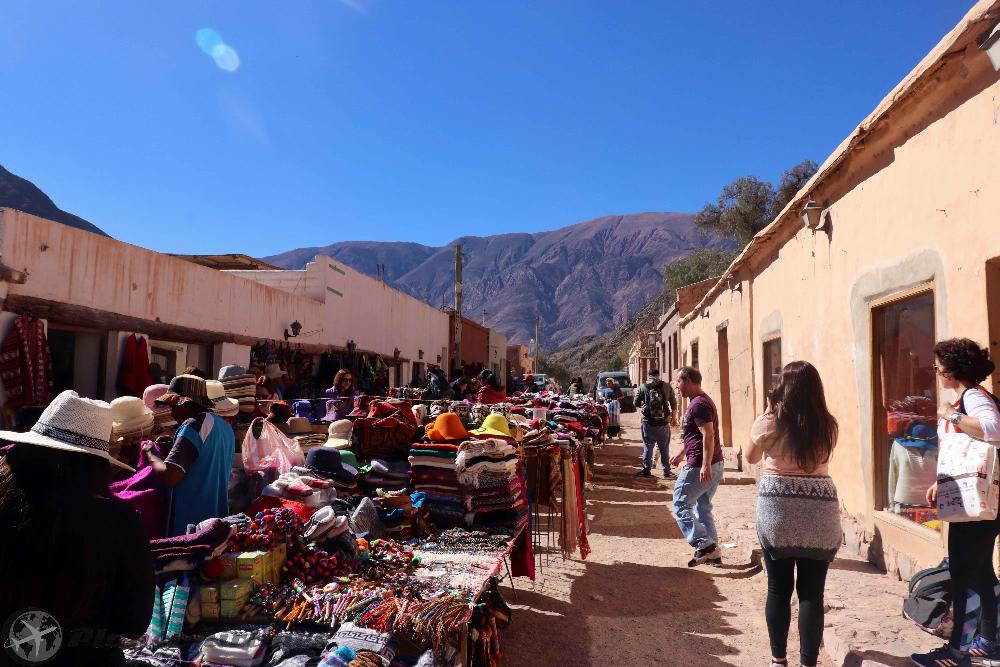
Jujuy city centre can be a great place to make your base whilst you are travelling around the Quebrada de Humahuaca region. There are more options in the city from nice hotels to budget accommodation. If you have a lot of luggage or don't want to move constantly your luggage around the smaller towns, then staying in Jujuy is the best idea. You can find cheap hotels in the city centre for around €20 per night, including private bathroom and continental breakfast.
If you are keen to stay in the higher altitude towns, like Humahuaca or Tilcara for example. Accommodation here is much more basic, orientated towards the more adventurous and basic traveller with less requirements, for example hot water can be limited at such altitude. However, there are now, more and more establishments similar like Hotels which offer a comfortable stay, but these are limited and run out of rooms quickly, so booking in advance is essential, specially in the peak times during school holidays, weekends and the Summer.
Otherwise the general type of accomodation is hostels, with multiple shared rooms in the smaller towns. These rooms can cost around €8-15 per night. Most provide Wi-Fi and free breakfast as an extra. Note that, private apartments and Airbnb options are very limited in the northern part of the province.
For a first time traveller, Jujuy province offers a great variety of things to see and do. The expanse of the region with its important heritage towns and incredible landscape make for a longer stay to appreciate all it has to offer. Making Jujuy your base and travelling around, takes quite some time, so a minimum of 5 nights would be enough to explore all the towns calmly and take it all its beauty. If you have more time, and want to stay overnight in some of the towns, then a week to 10 days would be perfect and have ample time to relax.
However, if you are doing a quick itinerary or passing by, it's possible to do the most important highlights of the northern part in a day tour, which takes 12 hours.
Then 3 nights would be also enough to pack everything in!
Jujuy Region Photo Slide 📷


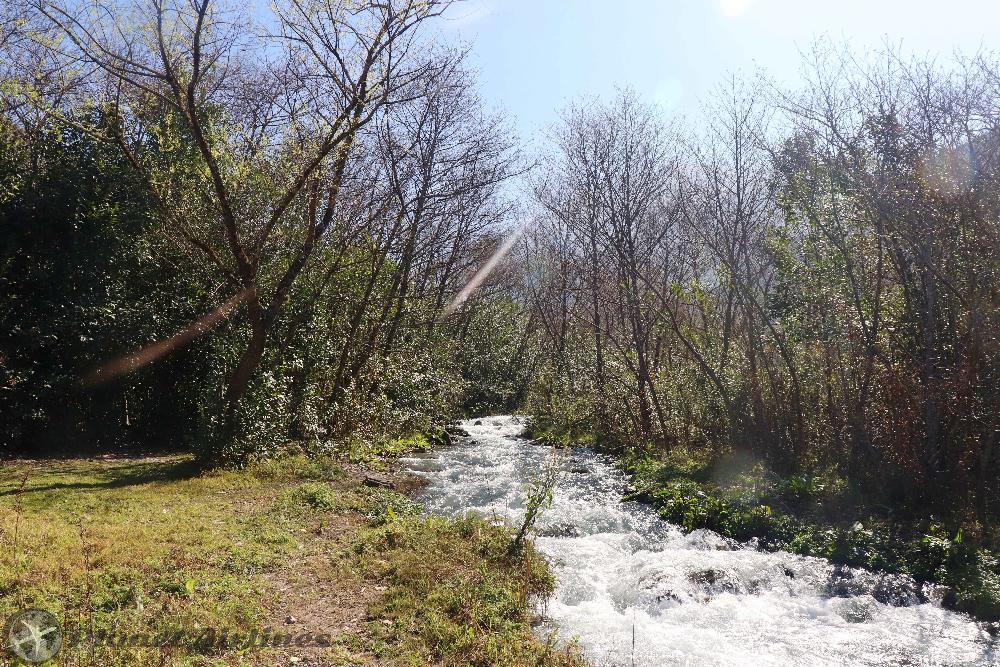


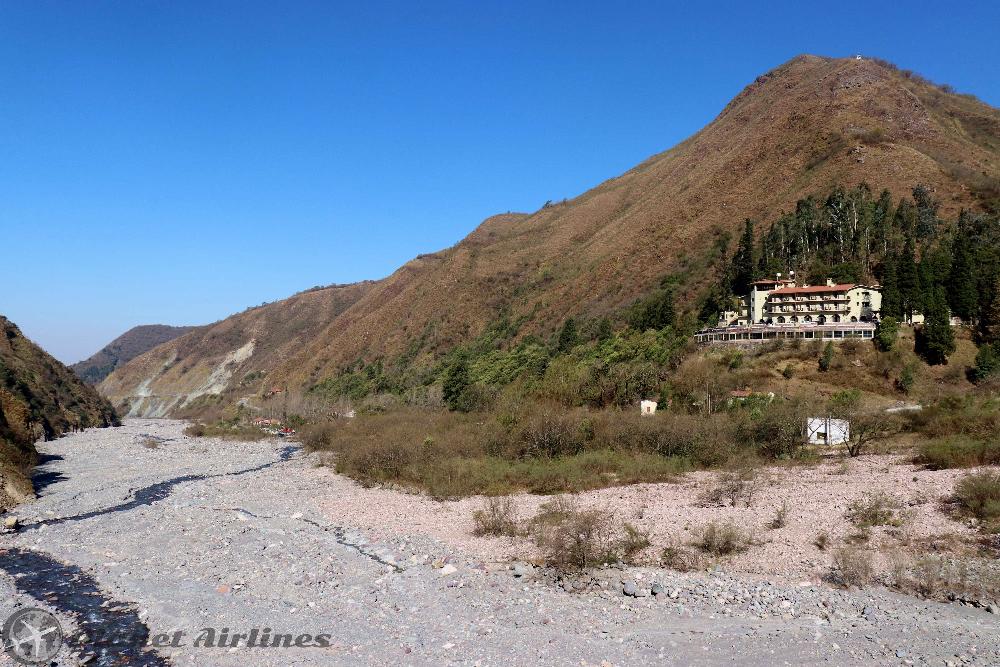

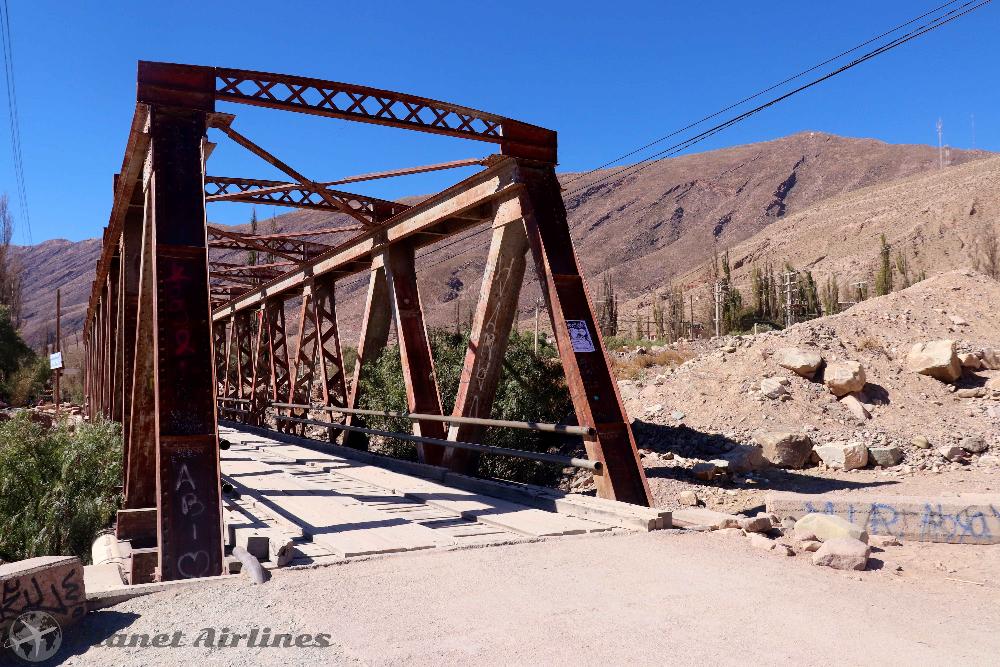
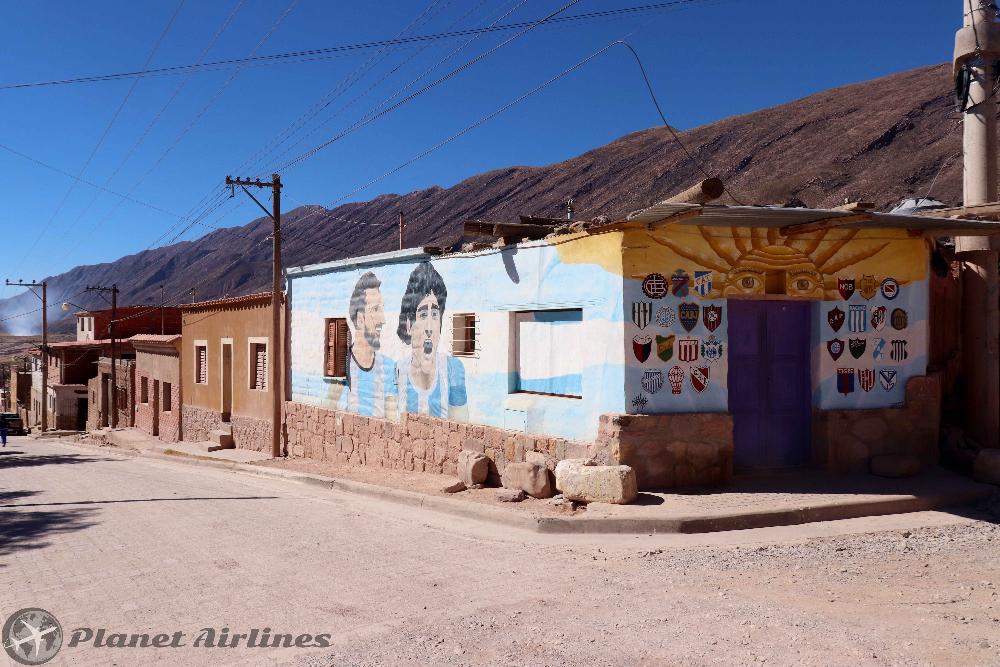
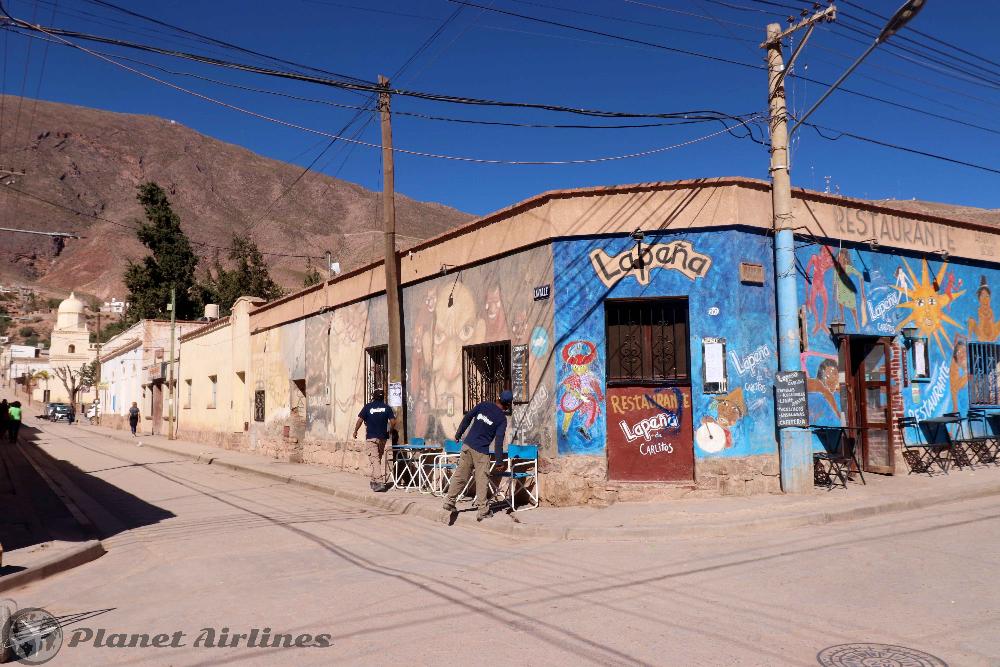

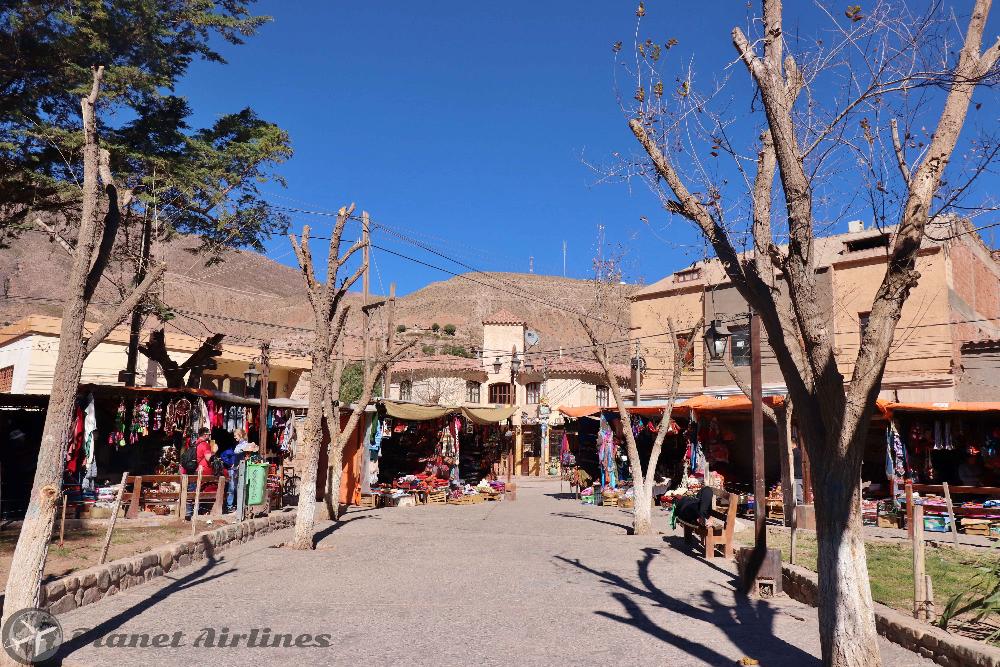

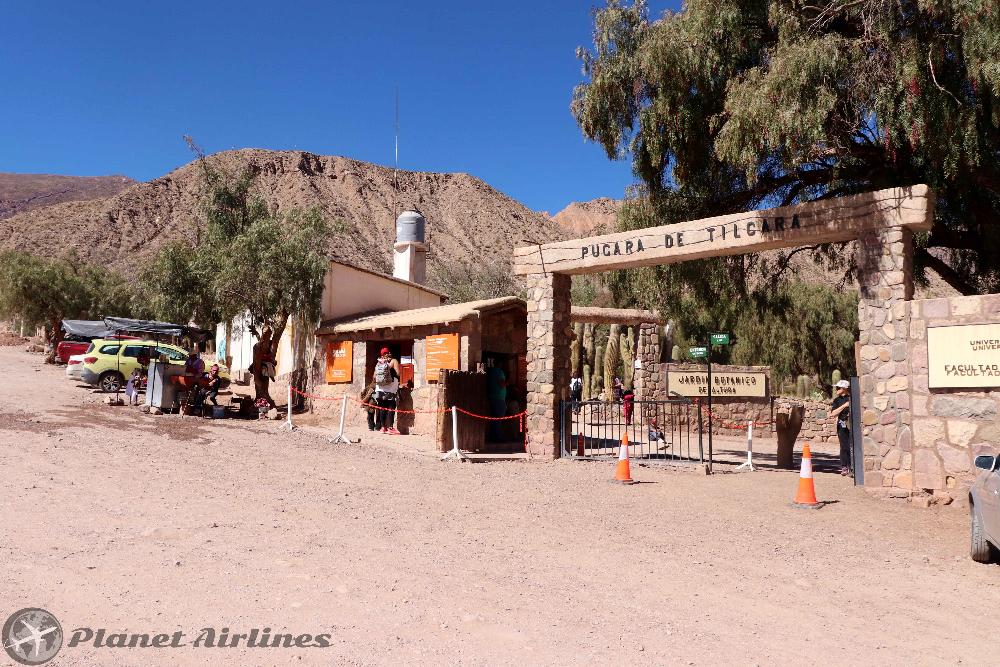
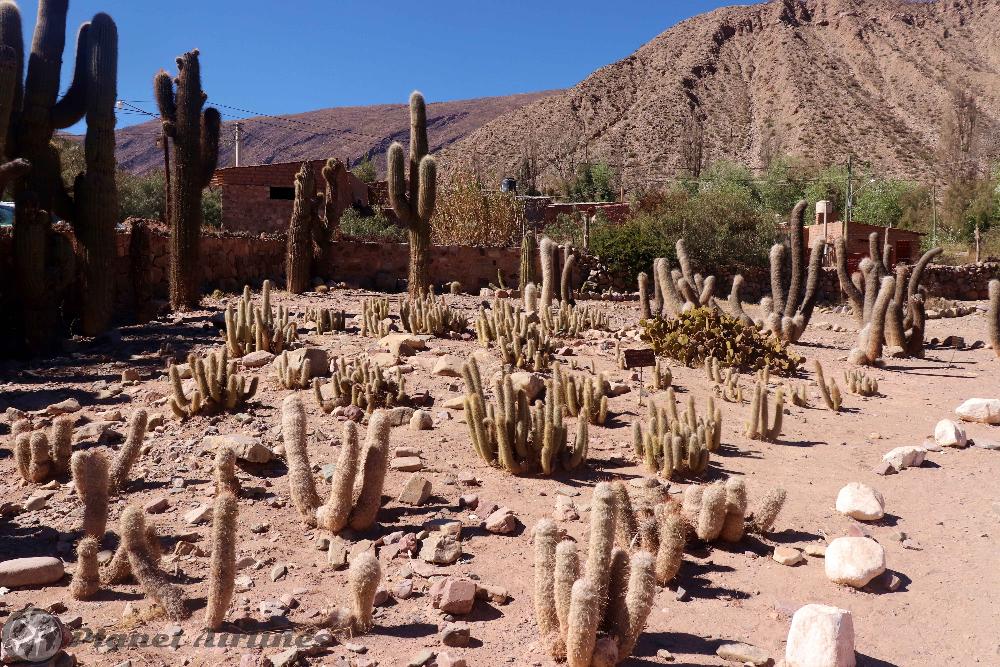
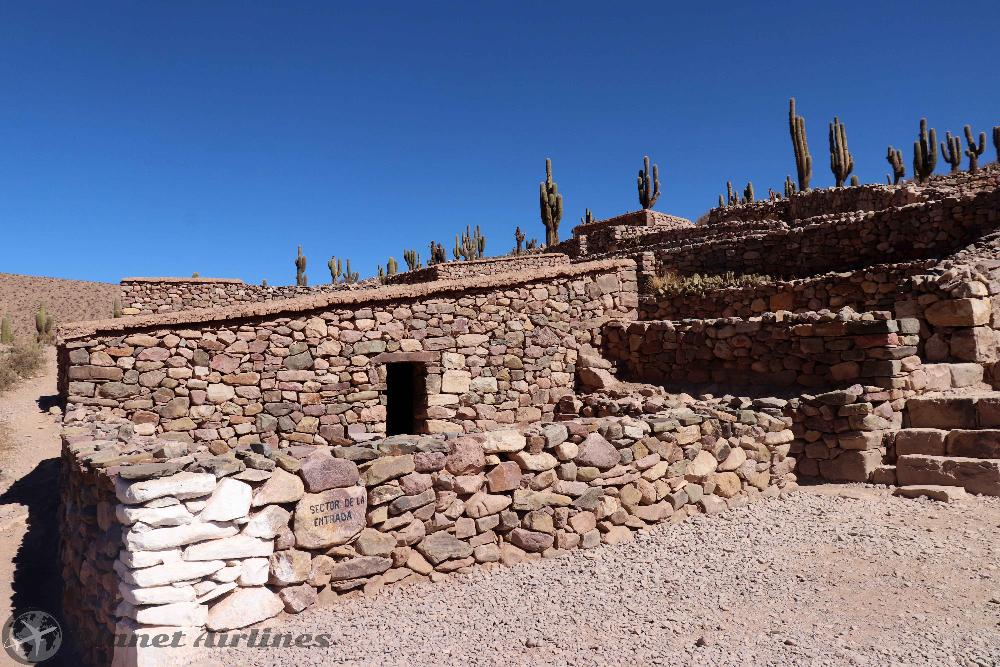
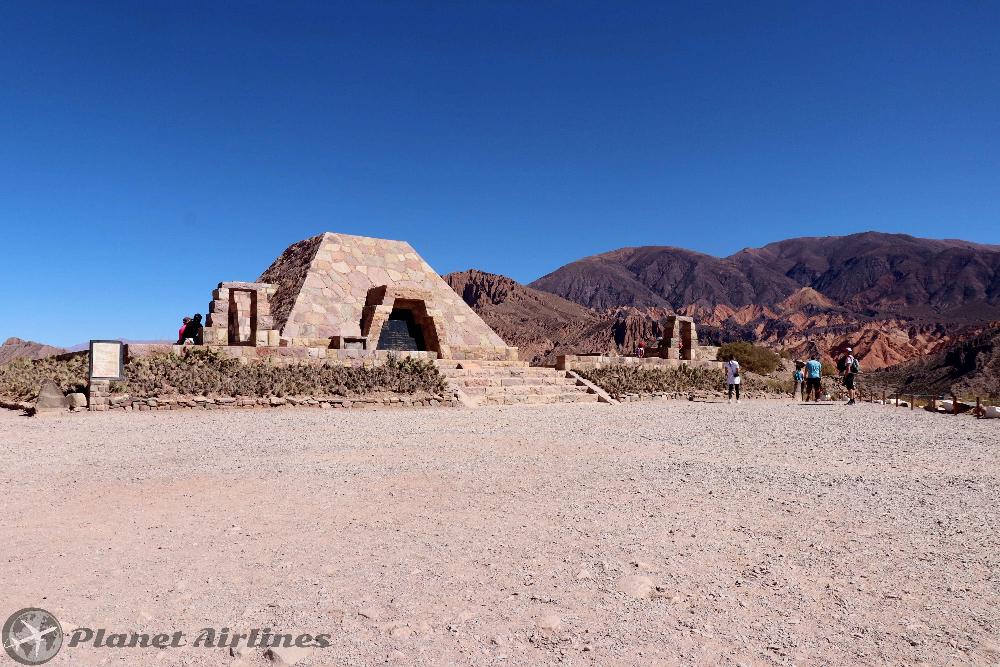
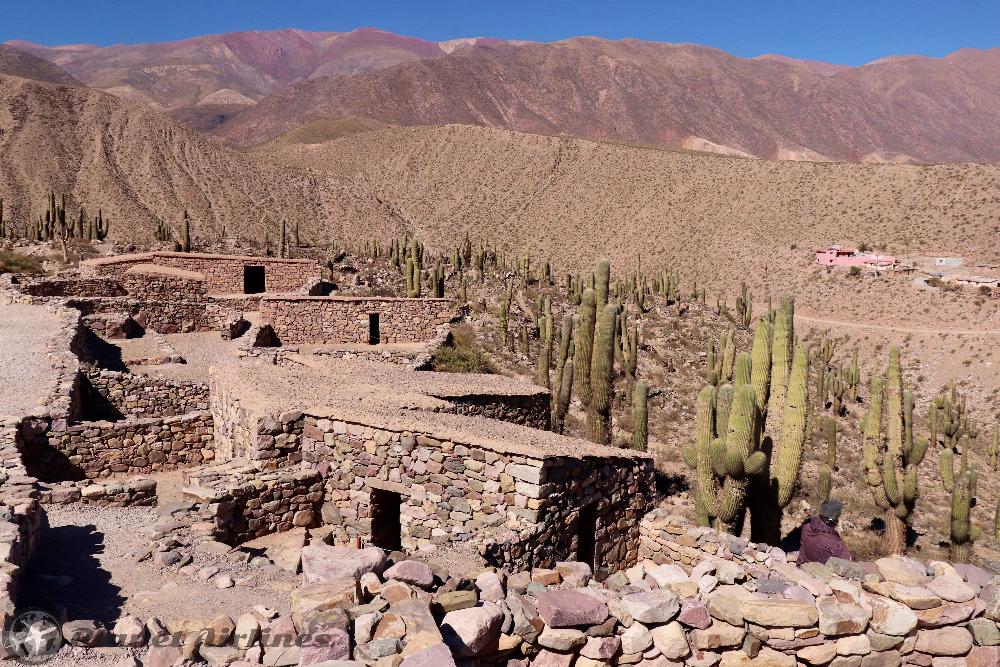

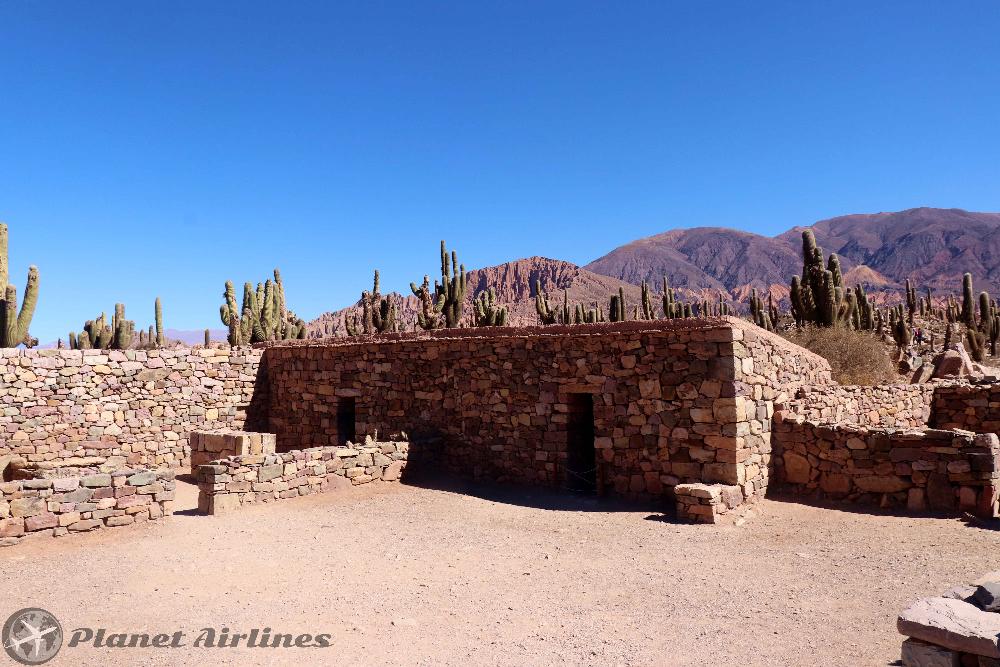
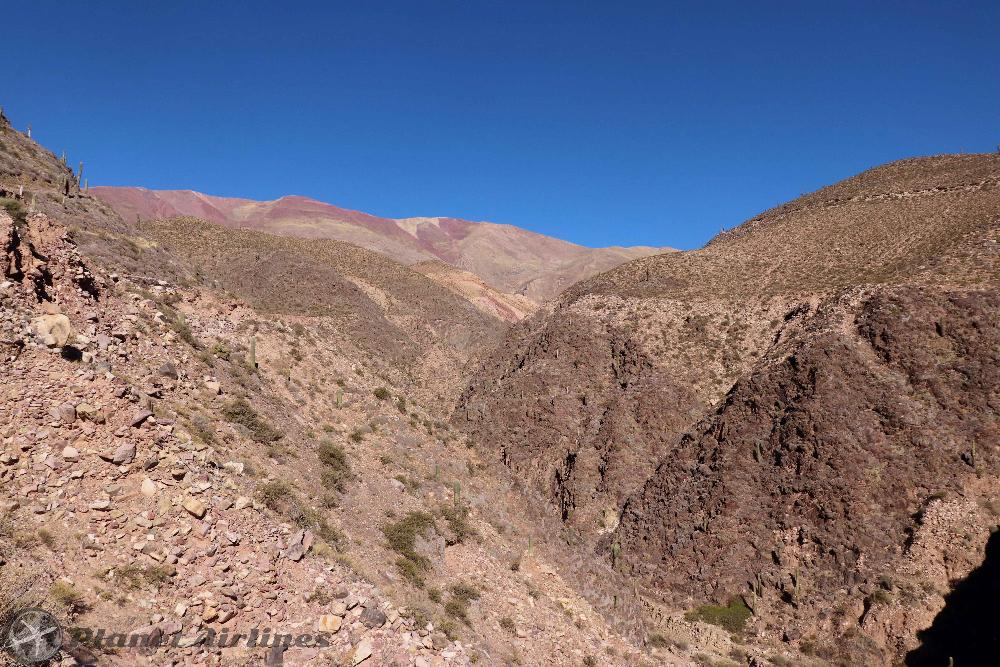

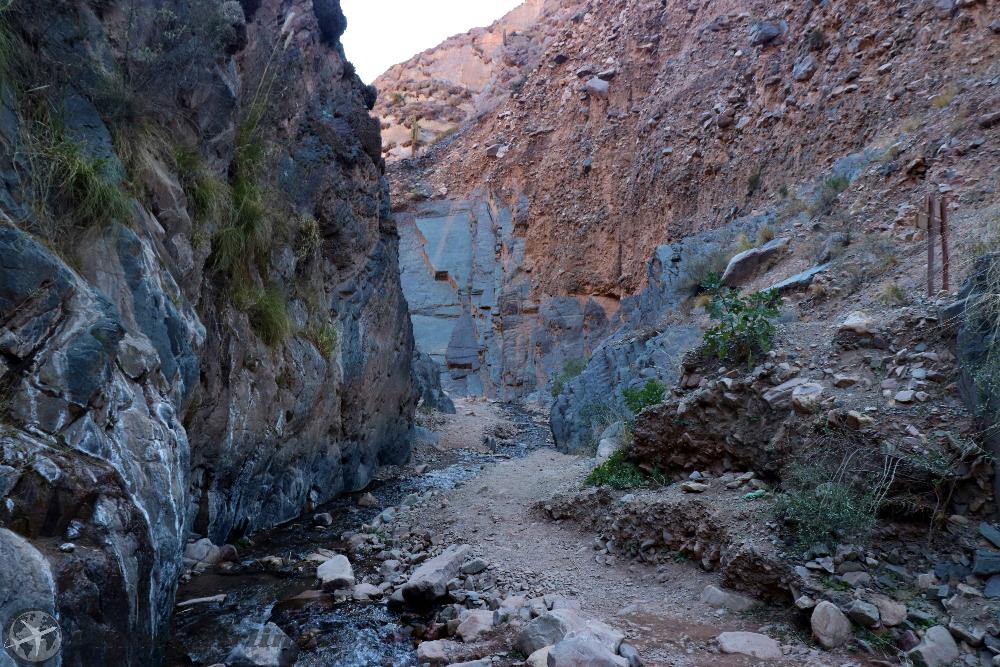
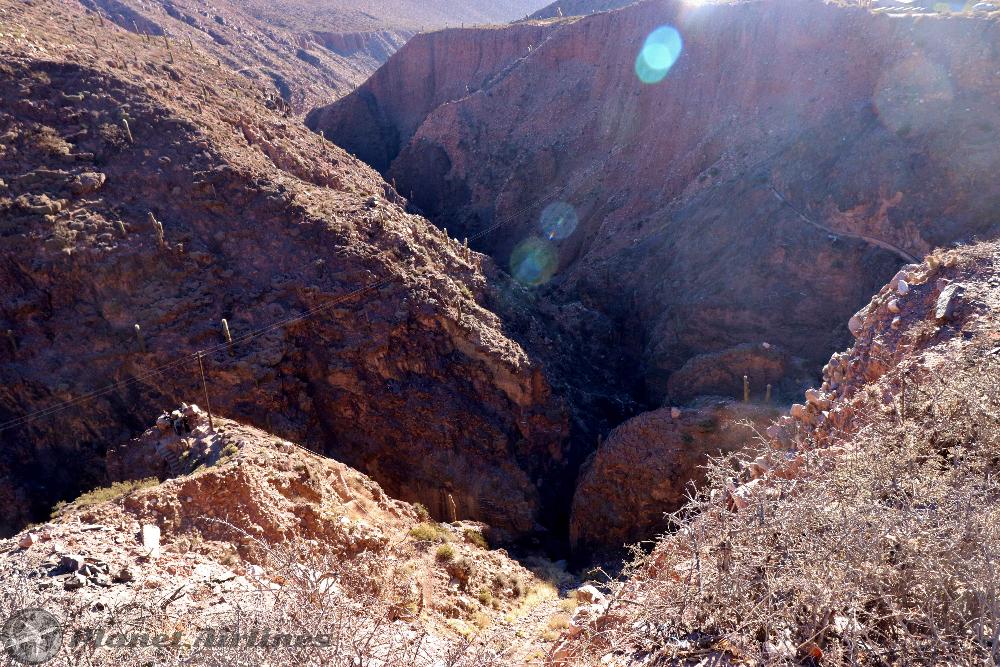

























.png)